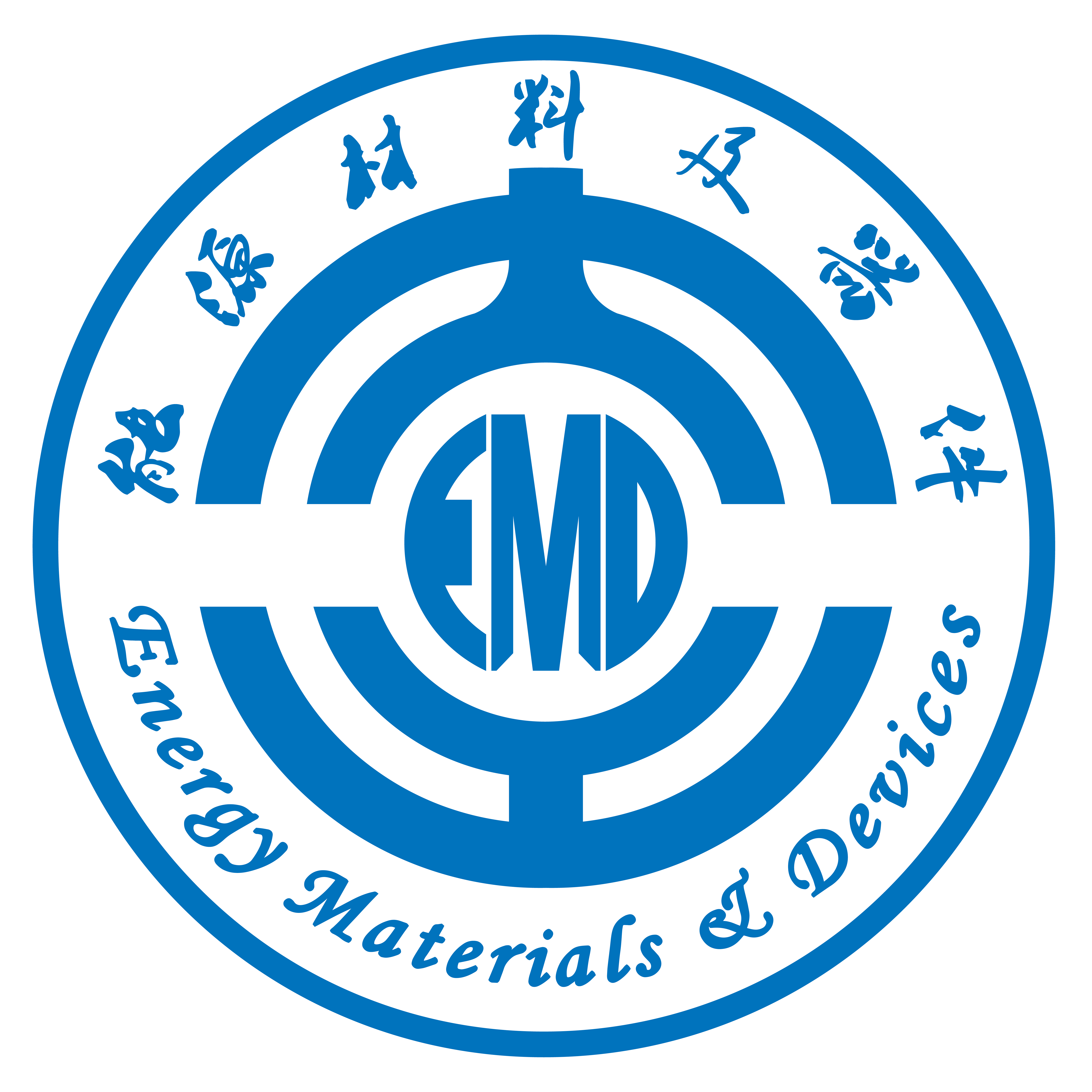Abstract: Although lithium-sulfur (Li–S) batteries have attracted lots of attention due to their relatively low cost and high theoretical energy density, the shuttle effect caused by dissolution of lithium polysulfides (Li2Sn) and low conductivity of S/Li2S have hampered the development of this technology. Instead of pure sulfur, TiS2 nanosheets aggregates are synthesized through a facile two-step method and used as the incipient cathode in Li–S batteries, which show high specific capacity and durable cyclic life. Even under an ultra-high charge density of 1 A·g−1, the battery can maintain a capacity over 300 mAh·g−1 after 1,000 cycles. Experimental results and the first-principles calculations illustrate that the primary capacity contributor gradually changes from TiS2 to Li2S during the long-term cycles due to the tendency of Ti–S bond cleavage and Li–S bond formation, thus the in-built Li–S counterparts take shape from the Li–TiS2 battery. Meanwhile, the emerging Ti atomic layers can act as the current collector, helping the charge transfer for the redox reactions of Li2S.
https://doi.org/10.1016/j.mtener.2020.100439

